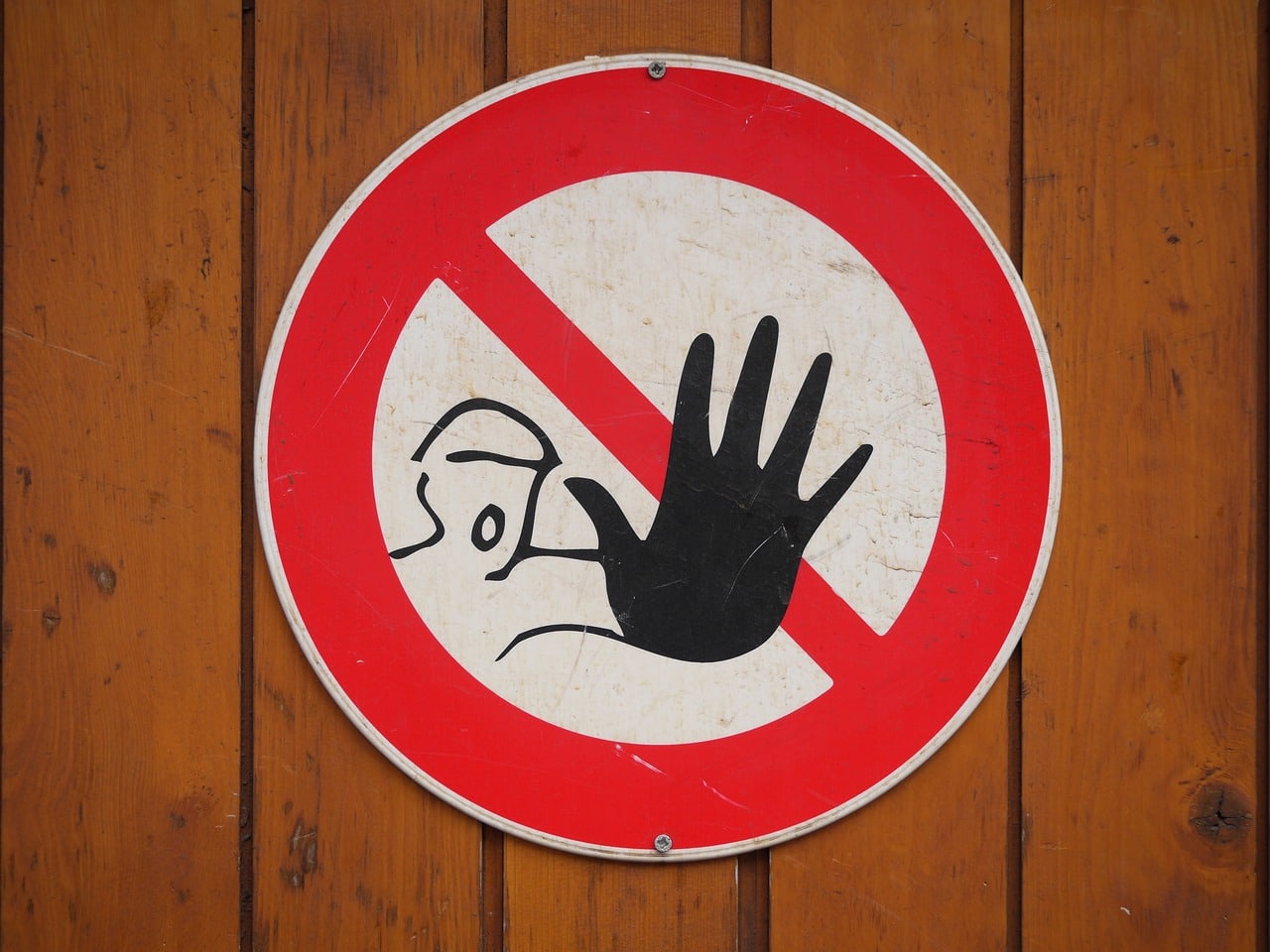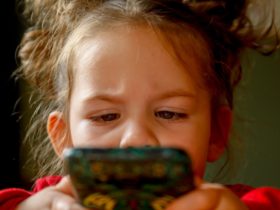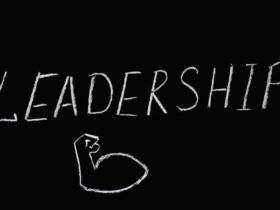Welcome to the wonderful, exciting, and sometimes challenging world of toddlerhood! This phase in a child’s life is marked by rapid development, a blossoming sense of independence, and a curiosity that knows no bounds. One moment, your toddler is gleefully laughing at a new discovery, the next, they’re hurling their favorite toy across the room. As parents or caregivers, it’s crucial to establish rules and teach good habits from a young age, but doing so requires patience, understanding, and effective strategies.
One such rule that often presents a challenge is: “Don’t throw things on the floor”. Seems simple enough, right? But when dealing with a toddler, even the simplest rules can lead to tears, tantrums, or outright refusal. This article aims to provide you with a comprehensive guide on why this rule is essential and how to effectively enforce it, with the ultimate goal of helping your toddler develop respect for their surroundings and master self-control.
Understanding Why Toddlers Throw Things
Toddlers throw things; it’s a fact of life. But why do they do it? There are several developmental reasons behind this behavior. Throwing is a new skill that toddlers are eager to practice. It gives them a sense of control over their environment and helps develop their gross motor skills. Also, their cognitive abilities are still developing, which means they don’t fully understand the consequences of their actions.
It’s important to approach this behavior with patience and understanding. Toddlers aren’t being malicious when they throw things; they’re exploring their world. However, it’s our responsibility as adults to guide them and set appropriate boundaries.
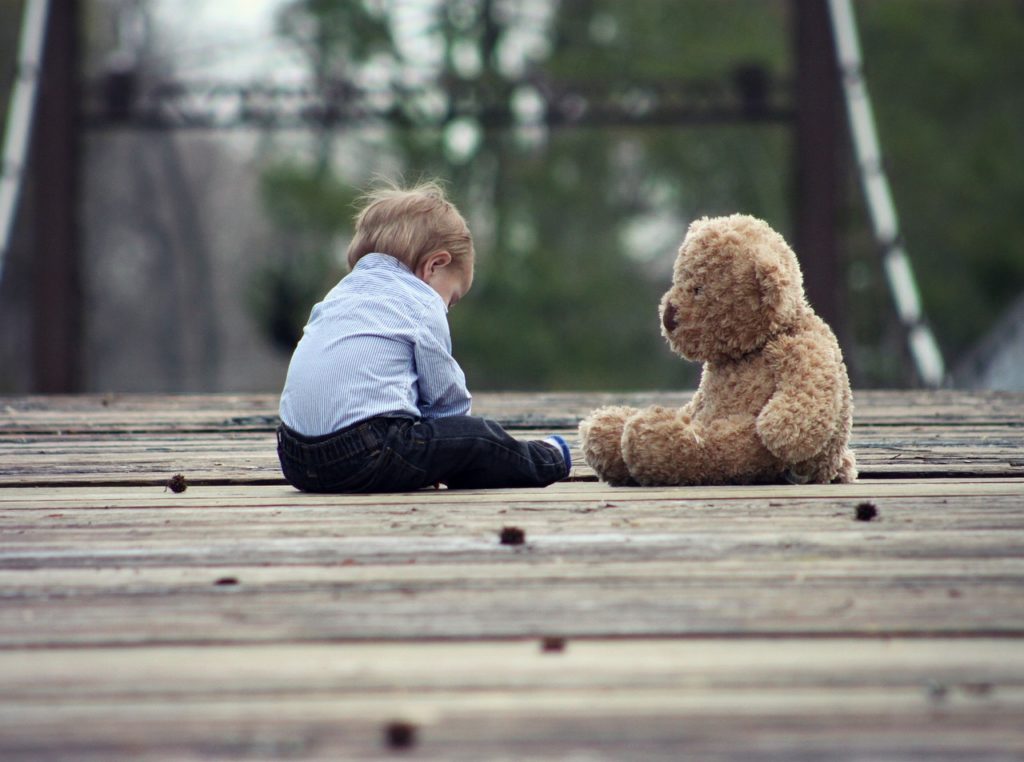
“Don’t Throw Things on The Floor”: Why this Rule is Essential
The rule “Don’t throw things on the floor” is not just about preventing a mess; it has deeper implications. When toddlers throw objects, they could inadvertently damage property or, worse, hurt themselves or others. Therefore, establishing this rule is part of ensuring their safety.
Furthermore, teaching a toddler not to throw things is a lesson in respect – respect for their belongings, for other people’s possessions, and for the shared environment. It helps instill a sense of responsibility and aids in the formation of social skills and etiquette.
The discipline developed by adhering to this rule will also extend to other areas of behavior. It lays a foundation for understanding the concept of rules, following instructions, and self-regulation – skills critical for their personal and academic success.
Implementing the Rule: Best Warnings for Toddlers
Implementing the “Don’t throw things on the floor” rule isn’t just about issuing warnings; it’s about communicating effectively and consistently. When setting the rule, ensure it’s age-appropriate. Use simple language your toddler can understand and clearly state what you expect from them.
Warnings should be immediate, specific, and linked to a consequence. For instance, “If you throw your toy, we will put it away for the rest of the day”. However, it’s important to maintain a calm and firm tone. Toddlers can sense frustration, which might lead to more defiance.
Moreover, do not underestimate the power of positive reinforcement. When your toddler follows the rule, praise them genuinely. It can be as simple as “You did a great job of not throwing your toy, I’m so proud of you!”. This will make them more likely to repeat the behavior.
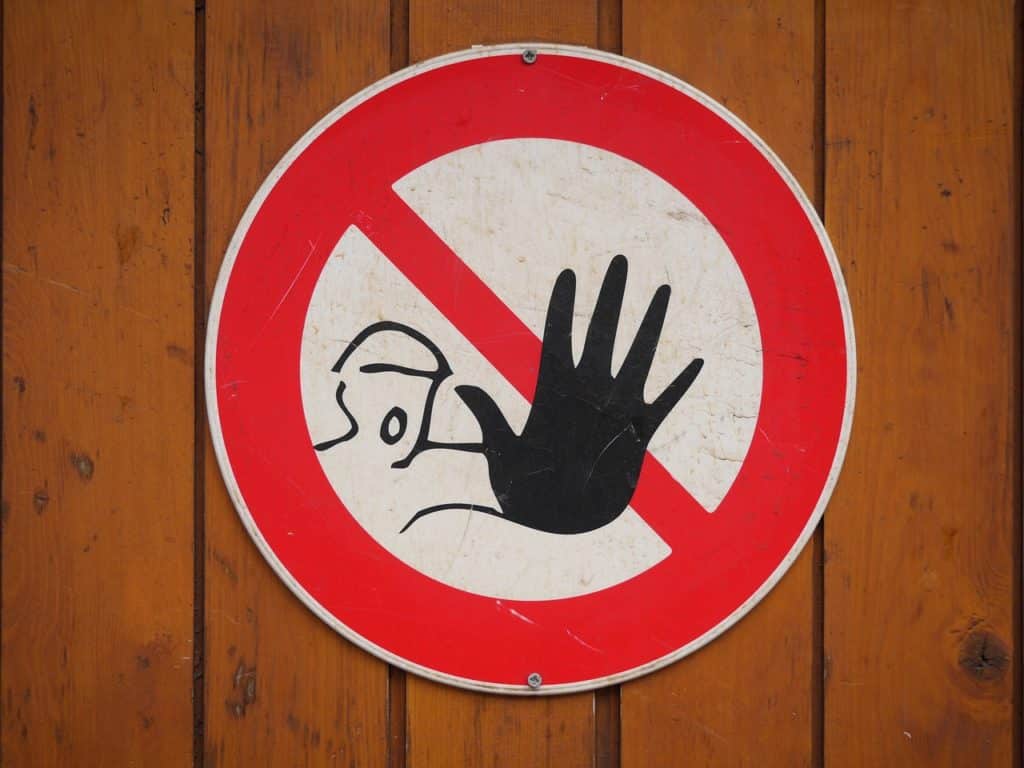
Strategies to Teach Alternatives to Throwing Things
While warnings are necessary, it’s equally important to teach your toddler alternative behaviors. Demonstrate how to put things down gently and make a game out of it. Encourage them to hand things to others instead of throwing them.
Provide outlets for their throwing impulses – this can be balls or soft toys that they can safely throw in a specific area. This will help them understand the appropriate context for throwing.
Additionally, involve your toddler in cleanup activities. If they’ve thrown their toys, guide them to pick up and put things back in their place. This encourages responsibility and shows them the consequences of their actions.
How to Handle Persistent Throwing
Inevitably, there will be times when your toddler persists in throwing things, despite your best efforts. The key is to remain consistent and patient. Remember that their impulse control is still developing.
Reiterate the rule each time they break it and apply the agreed-upon consequence. Avoid engaging in lengthy arguments or negotiations. The more emotion you put into your response, the more attention they get from the behavior, which could inadvertently reinforce it.
If you’re feeling particularly frustrated, take a breather. It’s important for you to model calm behavior. If the problem persists or escalates, consider seeking advice from a pediatrician or child psychologist to rule out any underlying issues.
Conclusion
Navigating toddlerhood can be as challenging as it is rewarding. But remember, each challenge presents an opportunity for growth – for both you and your toddler. The “Don’t throw things on the floor” rule, while seemingly simple, is a fundamental building block for teaching respect, discipline, and self-control.
As you implement this rule and the strategies we’ve discussed, bear in mind that progress may be slow, and that’s perfectly fine. The toddler years are a time of learning and exploration, so be patient, be consistent, and celebrate every victory, no matter how small.
Parenting a toddler may feel like a roller coaster ride, but it’s a journey like no other. Embrace the ups and downs, and remember – every phase is fleeting. Your tiny thrower will soon outgrow this habit, equipped with a newfound respect for their surroundings and a better understanding of their actions. Happy parenting!









